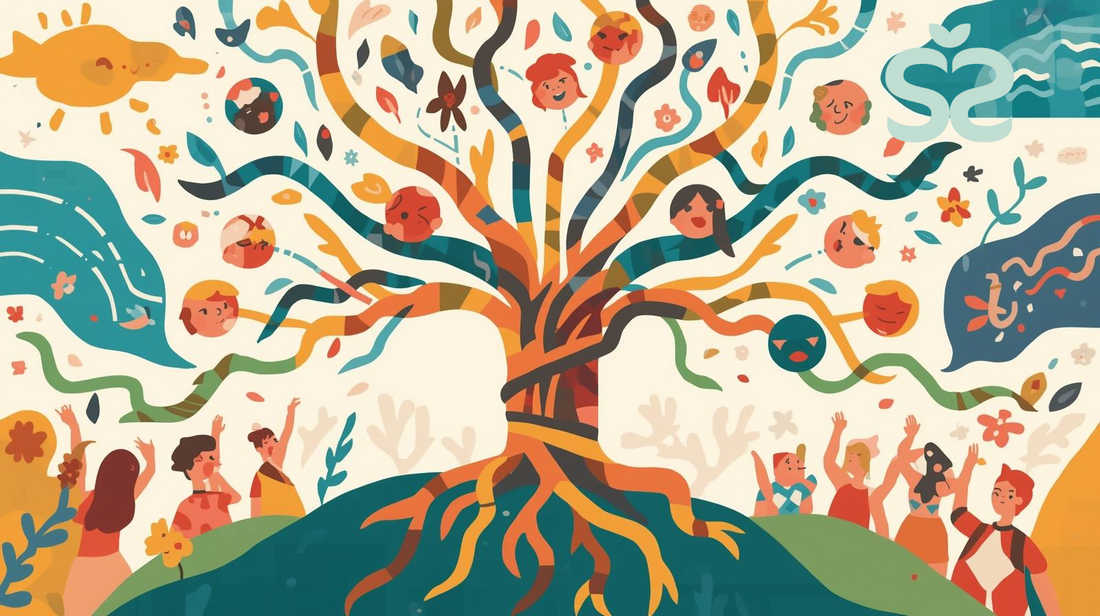
Teaching Interconnectedness: From Ecosystems to Emotions
Share
Introduction
Everything in life is connected: ecosystems in nature, communities of people, and even the link between our emotions and our actions. Teaching children about interconnectedness helps them see the bigger picture — and understand their role within it.
Why Interconnectedness Matters in Education
Children who understand interconnectedness are more likely to:
-
Develop ecological awareness.
-
Show empathy toward others.
-
Recognize how personal choices affect the world.
-
Think critically about systems (social, environmental, emotional).
This perspective prepares them for a world where collaboration and sustainability are key.
How to Teach Interconnectedness in Schools
-
Nature as a Teacher
Explore ecosystems and food chains. Show how each species depends on others. -
Classroom as a Community
Demonstrate how every student’s actions (sharing, listening, supporting) affect the whole group. -
Emotions as Part of a System
Help children connect feelings to behaviors. Example: “When I feel anxious, I may avoid speaking. What helps me feel safe again?” -
Storytelling and Metaphors
Use stories where small actions create big ripple effects. Invite students to imagine their own. -
Project-Based Learning
Encourage projects that connect science, art, and social studies — like creating a “mini sustainable city.”
Educators as Guides
By modeling curiosity and openness, teachers show students that interconnectedness is not just a concept but a way of seeing the world.
Conclusion
Teaching interconnectedness helps children understand both ecology and emotions — the systems outside and inside of them. It fosters empathy, awareness, and responsibility, creating learners who see themselves as part of something bigger.
